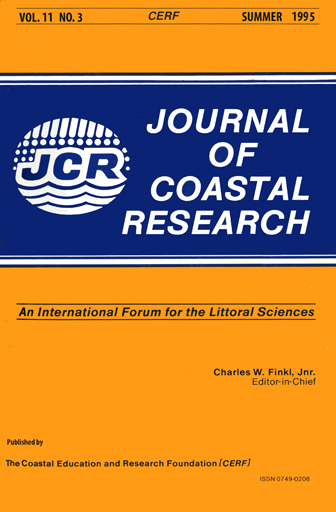Late Pleistocene Mytilid and Petricolid Bivalves from the Open Rocky Shores of Pacific Baja California (Mexico): Unusual Preservation of Macrofossils
Keywords:
Ancient rocky shores, neptunian dikes, epifaunal bysate bivalves, hard substrate boring bivalves.Abstract
Fossils representing species living on wave-swept, open rocky shores are seldom found preserved in the stratigraphic record. This report documents the separate occurrences of the bivalves Mytilus californianus and Petricola carditoides found associated with the Pleistocene-Cretaceous nonconformity at Punta Cabras on the Pacific coast of northern Baja California, Mexico. A pocket beach deeply incised in the steep andesite coast at Punta Cabras is the repository of both a modern beach coquina and a 3.36-meter thick, fossil shell bank consisting predominantly of transported M. californianus. Analysis of the modern beach across an onshore-offshore transect helps explain distinct stratigraphic cycles in the homologous fossil deposit. These cycles may be related to modest changes in sea level during the last interglacial period (oxygen isotope stage 5a), to extraordinary storm events, or to local uplift. At another nearby locality, fossils of P. carditoides are preserved in borings directly penetrating a gentle andesite ramp. The ramp is also partially encrusted with fossilized red coralline algae. The Mytilus deposit, with its associated gastropod and barnacle species, signifies a transported death assemblage but the Petricola population represents part of an in situ community.


